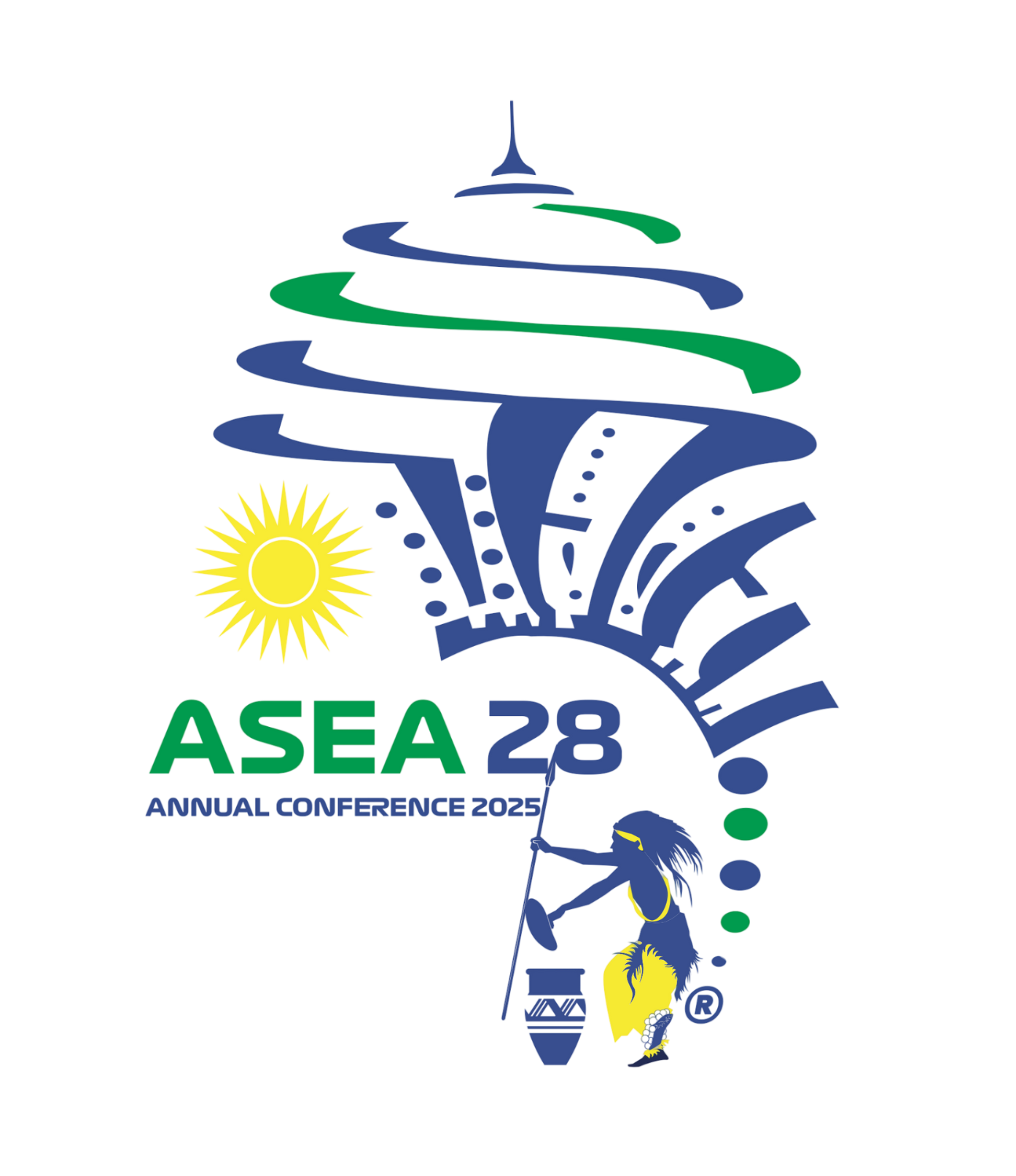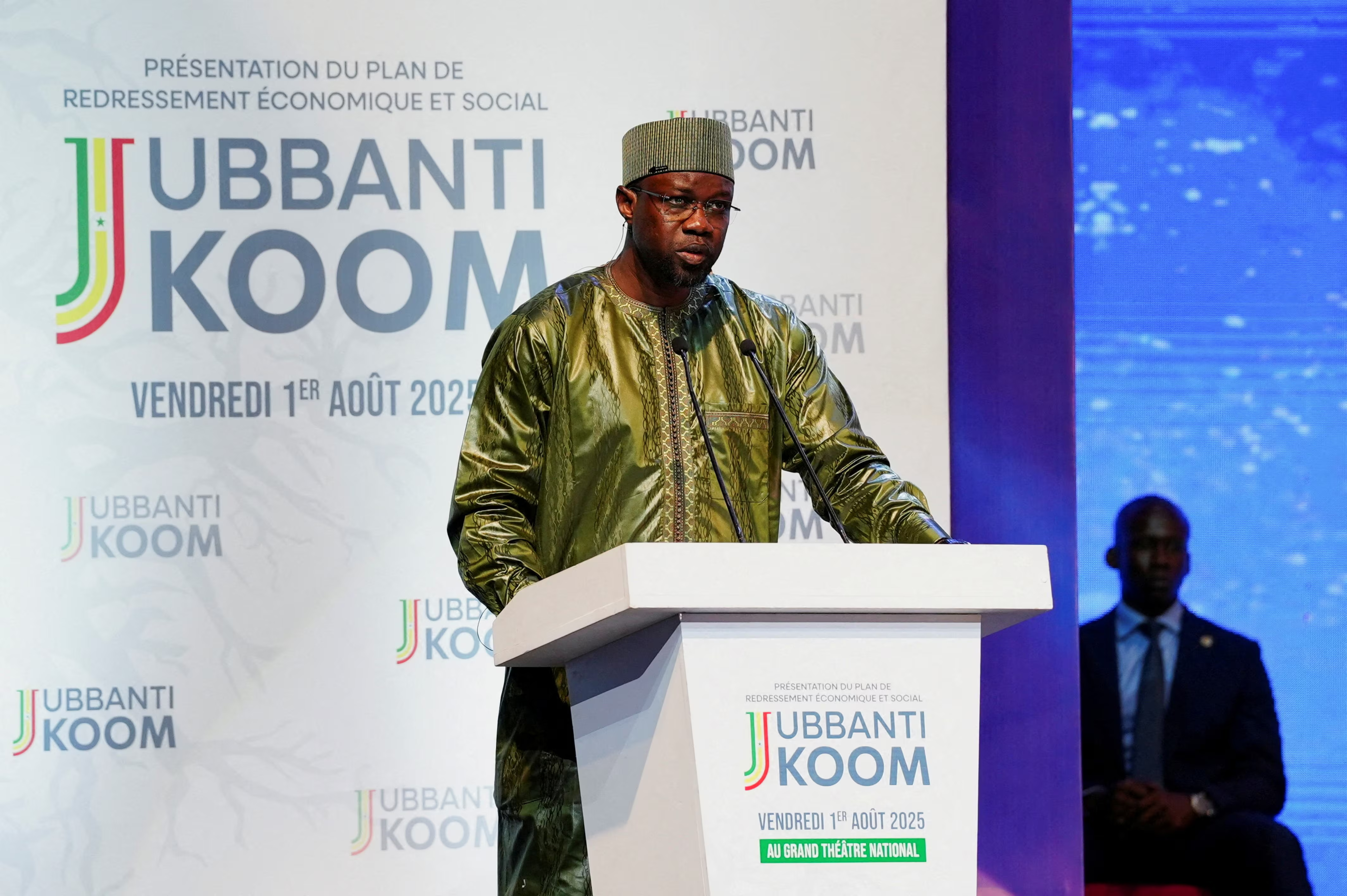DRC to Tie Cobalt Export Quotas to Three-Year Company Data: A New Era for Value Chain Control


Quidah is an online platform that connects investors with curated opportunities and expert insights on Africa’s emerging markets, while offering businesses promotional services, partnership facilitation, and market intelligence to attract capital and grow their operations.
Industries
In a decisive shift, the Democratic Republic of Congo (DRC) will impose cobalt export quotas based on companies’ historical production and shipment data spanning the past three years, replacing its months-long export suspension with a more structured regulation starting October 16, 2025. Under the new regime, exporters will be capped at 18,125 metric tons for the remainder of 2025, with full annual quotas rising to 96,600 tons in 2026 and 2027.
The DRC, which currently accounts for over 70 % of the world’s cobalt production, is recalibrating how value is extracted from its dominant position in the battery metals market. Most cobalt mined globally comes from the nation’s mineral-rich Copperbelt region, especially in the provinces of Haut-Katanga and Lualaba, where large industrial operations extract cobalt as a byproduct of copper mining. In 2024, output exceeded 220,000 tons, reflecting aggressive expansion, though much of this is exported as raw ore with minimal local processing.
Export destinations have historically concentrated on China, Belgium, Canada, and other industrial hubs. In 2023, the DRC exported approximately USD 2.4 billion worth of cobalt, with China absorbing the lion’s share. Under the new quotas, export volumes will tighten, forcing companies and the state to orient more toward value retention within the country.
For potential investors, this policy presents both constraints and openings. Limiting raw export volumes encourages capital flows into mid-stream and downstream segments—refining, battery precursor manufacturing, and in-country processing. Firms with capability in smelting, hydroxide processing, battery material fabrication, and traceability technologies could gain favor. Because quota allocations will reward consistency and historical compliance, established operators can secure more rights, while new entrants must align with ESG practices and robust local partnerships from the start. Moreover, regulated exports may stabilize prices—recently recovering after cobalt plunged to multi-year lows—and shield investors from volatile oversupply cycles.
In sum, Congo’s revised cobalt export framework signals a pivot from raw-commodity exports toward greater value capture. Savvy investors who move early into processing, logistics, and technology infrastructure stand to benefit from the changing structure of global cobalt markets.


